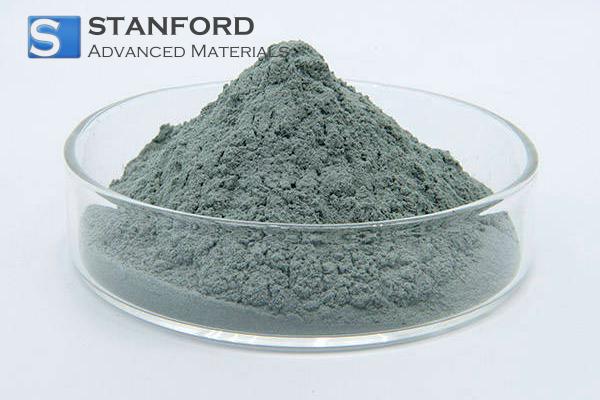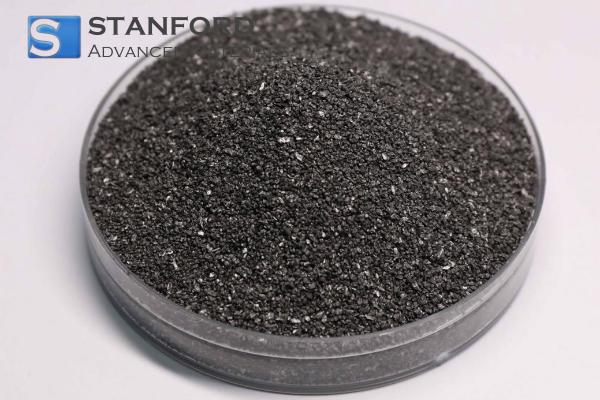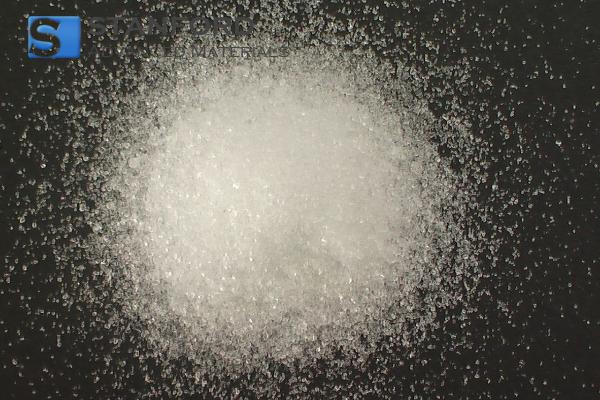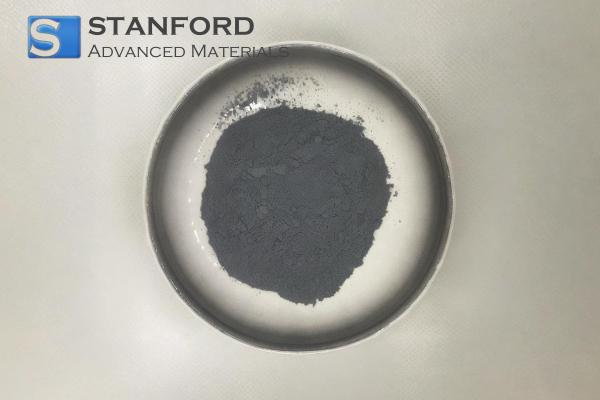Thermal Diffusivity: Basics And Examples
What is Thermal Diffusivity?
Thermal diffusivity is a quantifiable property in material science and engineering. It determines how readily a material transmits heat in relation to its capacity to store thermal energy. This parameter is relevant for applications such as insulation design, electronic cooling, and industrial processing.
Factors Influencing Thermal Diffusivity
Several factors affect the thermal diffusivity of a material:
- Thermal Conductivity: A higher thermal conductivity generally results in an increased thermal diffusivity.
- Density: Materials with a greater density may exhibit different heat transfer characteristics.
- Specific Heat Capacity: The amount of heat required to change the temperature of a material directly affects its thermal diffusivity.
Thermal Diffusivity vs. Thermal Conductivity
Although thermal diffusivity and thermal conductivity both relate to heat transfer, they describe distinct properties:
- Thermal Conductivity: This parameter quantifies a material’s ability to conduct heat.
- Thermal Diffusivity: This measure indicates the rate at which heat propagates through a material when taking into account its thermal conductivity, density and specific heat capacity.
Understanding the difference between these properties is essential when selecting materials for specific thermal applications.
Applications of Thermal Diffusivity
Thermal diffusivity is significant in various sectors:
- Electronics: It facilitates the dissipation of heat in devices.
- Construction: It assists in selecting materials with appropriate insulation properties.
- Manufacturing: It permits the prediction of heat flow in processes such as welding and thermal treatment.
Data on Thermal Diffusivity
The table below presents the diffusivity parameters for various materials, that is, the rate at which a substance (such as heat, mass or particles) spreads through a medium. In this context, we focus on thermal diffusivity (for heat transfer), mass diffusivity (for the dispersion of particles or gases) and molecular diffusivity.
|
Material |
Thermal Diffusivity (×10⁻⁶ m²/s) |
Mass Diffusivity (×10⁻⁶ m²/s) |
Molecular Diffusivity (×10⁻⁶ m²/s) |
|
97 |
80-90 |
0.92 |
|
|
Copper |
111 |
50-60 |
0.91 |
|
Steel |
15 |
10-20 |
0.67 |
|
Glass |
0.7 |
0.02-0.2 |
0.5-0.7 |
|
Water |
0.144 |
0.5-2.0 |
0.2-0.3 |
|
Concrete |
0.8 |
0.01-0.1 |
0.02 |
|
Wood |
0.1 |
0.1-0.3 |
0.1 |
|
Air |
0.22 |
0.2-0.6 |
0.2-0.6 |
|
Diamond |
450 |
K.A. |
0.02 |
|
Helium |
0.23 |
0.25-0.4 |
0.91 |
|
Nitrogen |
0.22 |
0.1-0.3 |
0.6 |
Further information is available at Stanford Advanced Materials (SAM).
Frequently Asked Questions
What is the unit of thermal diffusivity?
The heat transfer coefficient is measured in square metres per second (m²/s) or square millimetres per second (mm²/s).
How is the heat transfer coefficient calculated?
It is calculated by dividing the thermal conductivity by the product of the density and the specific heat capacity.
Why is the heat transfer coefficient significant in the selection of materials?
It determines the rate at which a material responds to changes in temperature, which is critical for thermal management in various applications.
Can the thermal diffusivity of a material be increased?
Yes, by enhancing the thermal conductivity or reducing the density and specific heat capacity, the thermal diffusivity can be increased.
How does the heat transfer coefficient affect building insulation?
Materials with a low heat transfer coefficient act as better insulators because they slow the rate of heat transfer and help maintain stable temperatures.

 Bars
Bars
 Beads & Spheres
Beads & Spheres
 Bolts & Nuts
Bolts & Nuts
 Crucibles
Crucibles
 Discs
Discs
 Fibers & Fabrics
Fibers & Fabrics
 Films
Films
 Flake
Flake
 Foams
Foams
 Foil
Foil
 Granules
Granules
 Honeycombs
Honeycombs
 Ink
Ink
 Laminate
Laminate
 Lumps
Lumps
 Meshes
Meshes
 Metallised Film
Metallised Film
 Plate
Plate
 Powders
Powders
 Rod
Rod
 Sheets
Sheets
 Single Crystals
Single Crystals
 Sputtering Target
Sputtering Target
 Tubes
Tubes
 Washer
Washer
 Wires
Wires
 Converters & Calculators
Converters & Calculators
 Write for Us
Write for Us





 Chin Trento
Chin Trento



